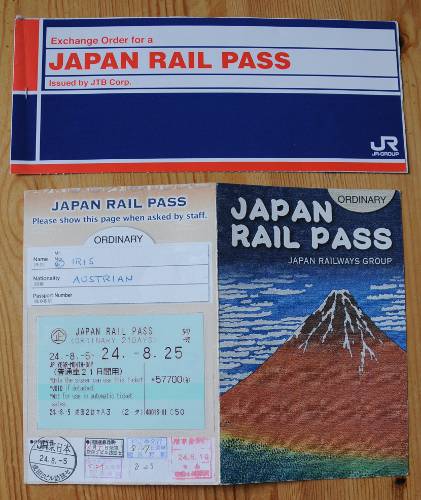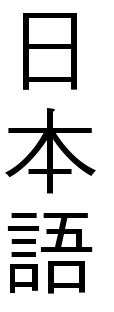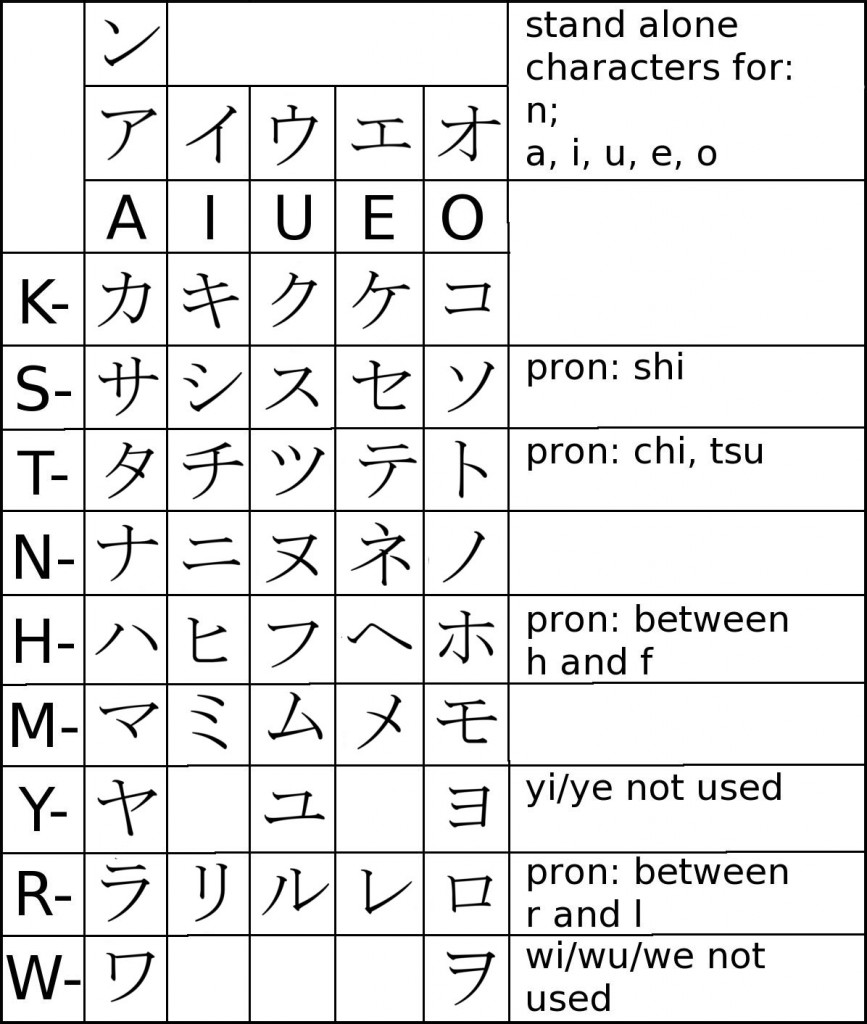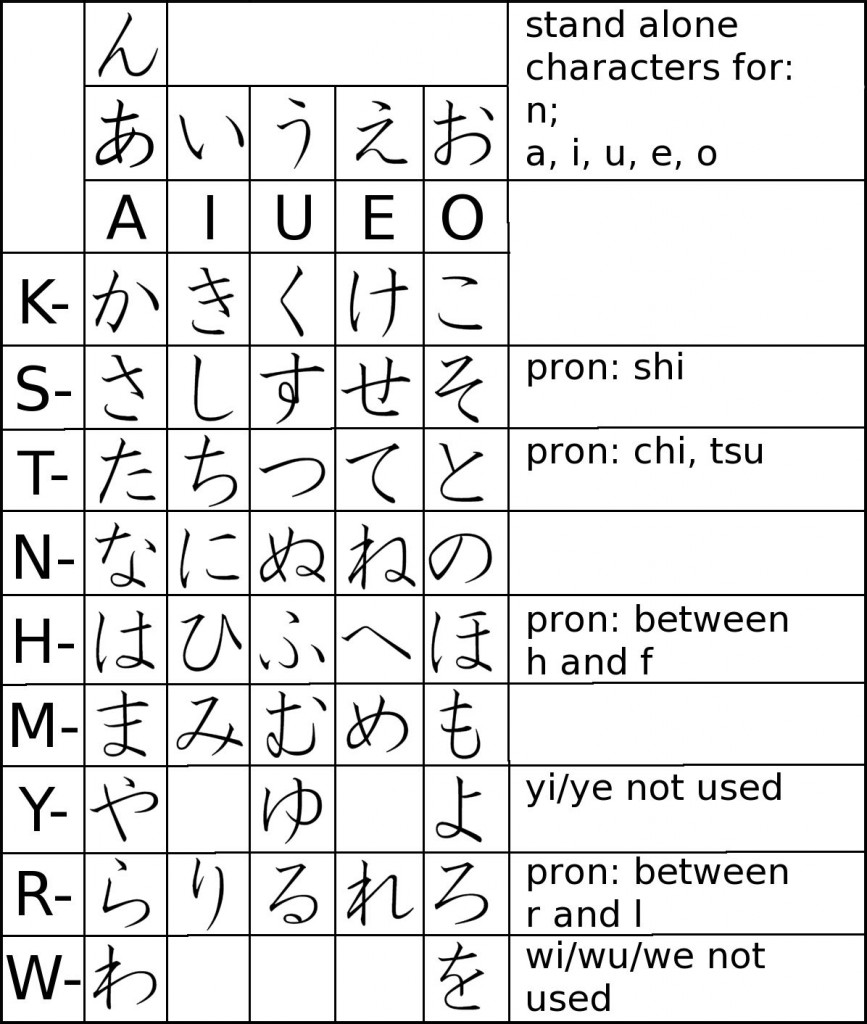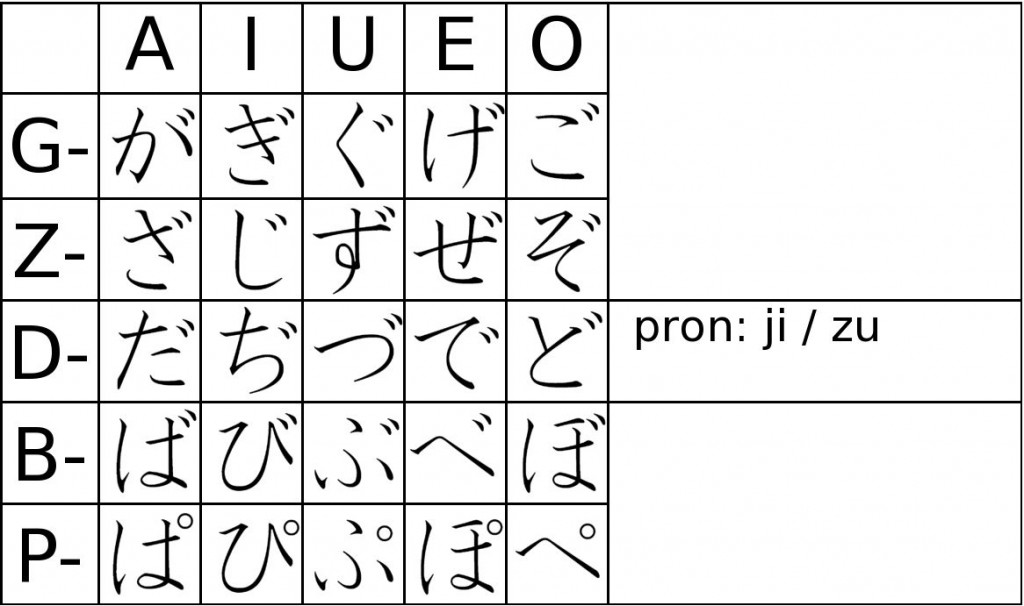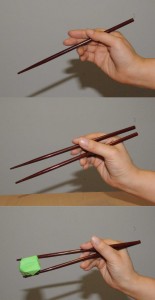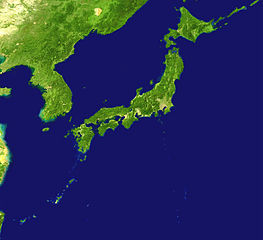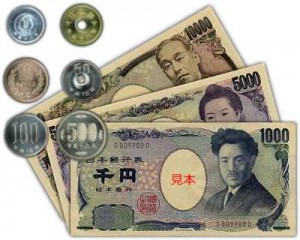 The Japanese legal tender is the Japanese Yen, written as ¥ or, in Japan, with the Kanji 円, which also means “round”. The Japanese pronunciation is “en”.
The Japanese legal tender is the Japanese Yen, written as ¥ or, in Japan, with the Kanji 円, which also means “round”. The Japanese pronunciation is “en”.
There are coins for 1, 5, 10, 50, 100, and 500 yen, and banknotes for 1000, 5000, and 10.000 yen (thanks to Tokyoship for the image). Technically, there are banknotes for 2000 yen as well, but during all my stays in Japan, I have never come across any of those.
Although Japan is a thoroughly modern industrialized country, it is still pretty much a cash society. Credit cards are not readily accepted, but you can pay your Shinkansen tickets with one, online bookings in general of course, and large chain stores or hotels usually accept them also. I did have a problem in one of the smaller hotels I stayed in though, where my card didn’t work for some reason or other – so it’s a good idea to bring enough cash for these types of emergencies. In general I’d say as long as you are out and about in the bigger cities, credit cards in major venues should work fine, but for smaller towns or places you should bring enough cash – which is usually more than you thought you’d need.
Naturally, running around with huge wads of cash is not everybody’s cup of tea, so there must be a way of getting some in Japan, right? Well, there is… but it’s unusually bothersome – for a modern country at least. Thanks goodness ATM’s are common, but then again, you will need the special animal called “international ATM”, and those are a comparatively rare species. Usually they can be hunted down in larger post offices (which is good because post offices are more numerous than banks), but caveat emptor! I recall that in the main post office in Fukuoka, there were about 10 ATM’s, but only a single one accepted my bank card… Also, there is one chain of convenience stores (I think it’s 7-11, but I’m not sure anymore) that have international ATM’s as well. They are easy to spot though – either it says somewhere “International” or the Maestro sign is prominently displayed. If you’re card is rejected, it was the wrong machine…
On my first trip to Japan in 2007, I had the luck of losing my bank card… I still had my credit card, so I thought it should be easy to get a cash advance on it. Well yes, but I had to try out three banks until I found one that would do something like that. Thinking back, I am wondering what the problem was – that nobody would speak English well enough? That they were not ready to deal with that so early on a Monday morning? In any case, getting a cash advance on your credit card is another way of getting cash in Japan. And I hope that in all those years the banks are more ready to hand you your own money.
Japan is a wonderful place to spend lots of money – be it on travelling, food, gifts… The only thing you don’t have to worry about is tipping. As with most Asian countries, tipping is unheard of, in fact, some people may even find it offensive if you tried. Well, at least one thing to be cheap.

